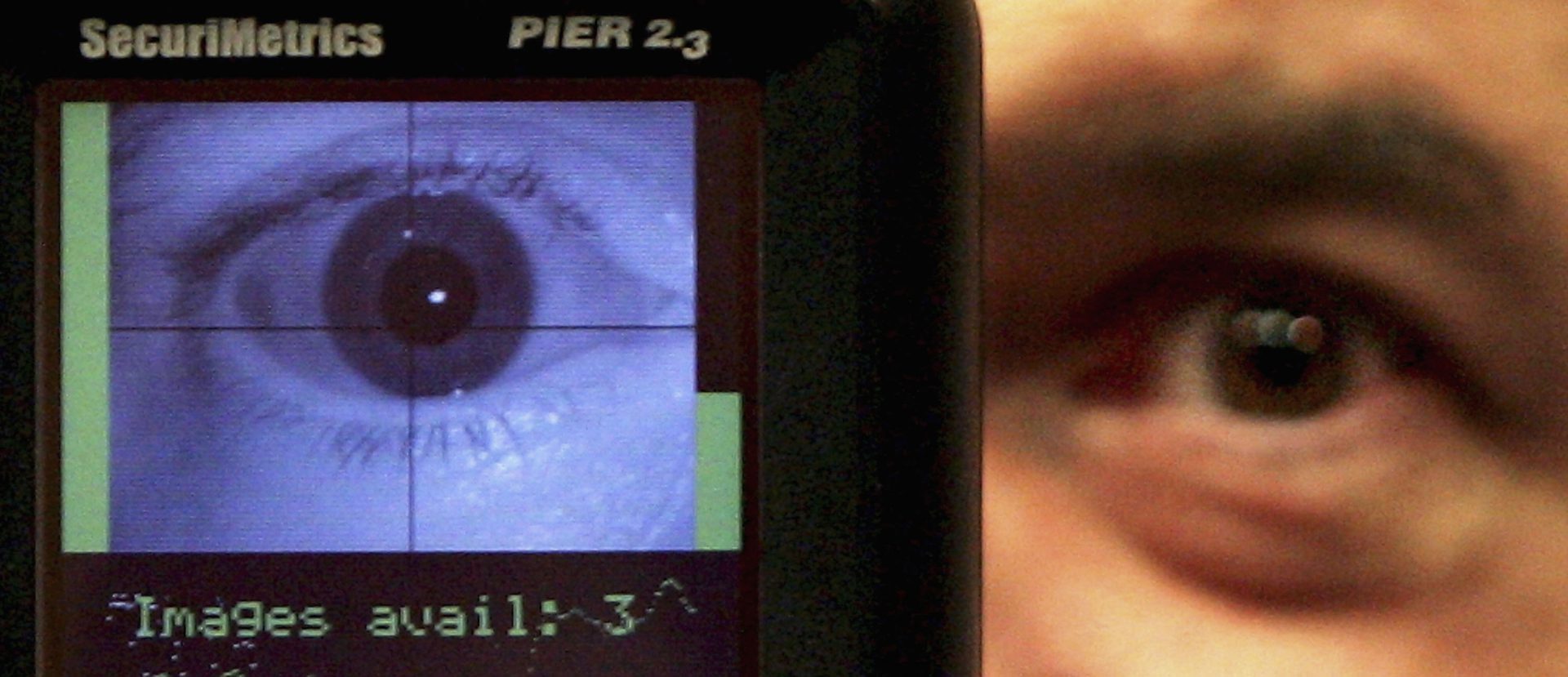

Blueprint for the Future Includes Ticketing via Iris-Scan, More
A new release by Rail Delivery Group (RDG), which represents Britain’s passenger-train industry, has laid out a “blueprint of Britain’s railway in the digital age” ahead of a gathering in Birmingham, looking at the current challenges faced and how technology will address those issues.
Among the proposed solutions include replacement of physical tickets by means both mundane—trials of “a mobile app that aids the flow of passengers through ticket gates using Bluetooth technology” is slated to roll out later this year on a line between Oxford and London—as well as more futuristic proposals such as fingerprint- or iris-scanning.
Train-to-Train Communication Could Ease Congestion
Also being discussed are so-called “intelligent trains,” which can communicate with one another in order to autonomously ease congestion entering and exiting stations. From RDG’s release:
‘Self-regulating’ trains will avoid conflicts at junctions as they travel across the network – allowing a more frequent service and reducing delays. A £450m investment announced by the government will kick start the Digital Railway programme that will trial new signalling technology – the first step toward developing trains which will be able to operate autonomously and closer together.
Rail Delivery Group
New Seat Design Could Add Significant Space
But one of the low-tech, short-term solutions may have the most immediate impact on passengers: a new seat design that allows 20 to 30 percent more seats on a given carriage. Modular seating is also being tested, with a seat type that “provides traditional seats during the day, but converts to a different a different configuration during peak times, allowing up to 15-20 [percent] more seats and increased comfort for people who stand.”
Via New Atlas